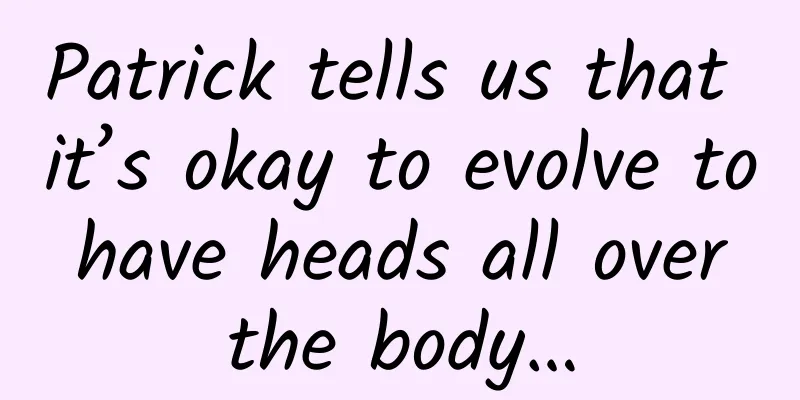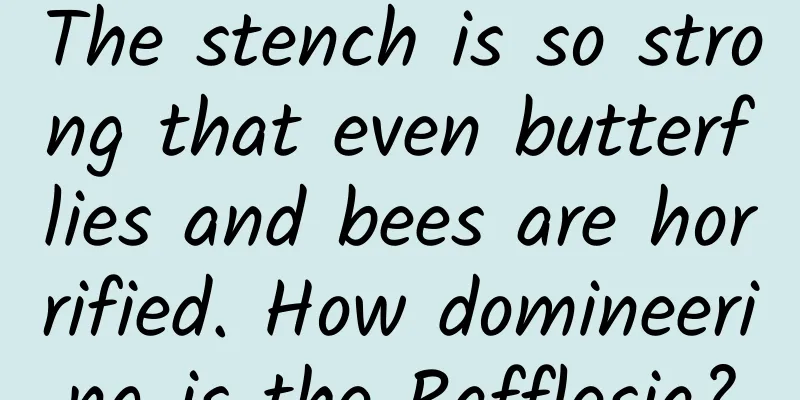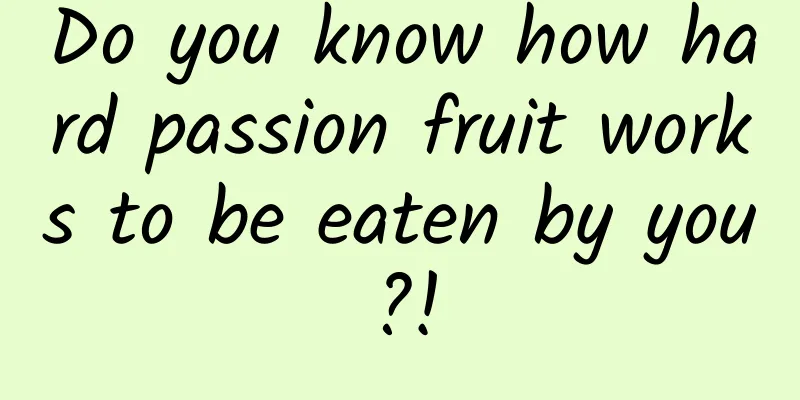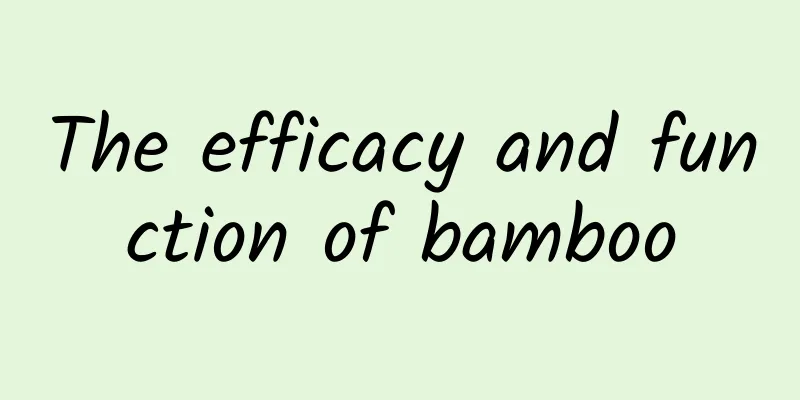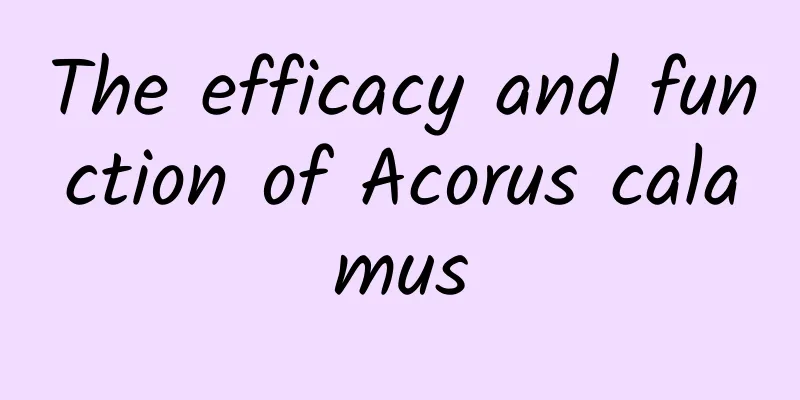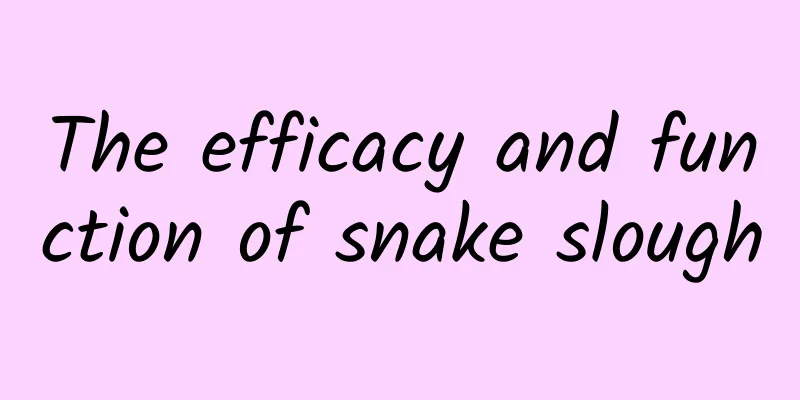What are the effects of peach leaves
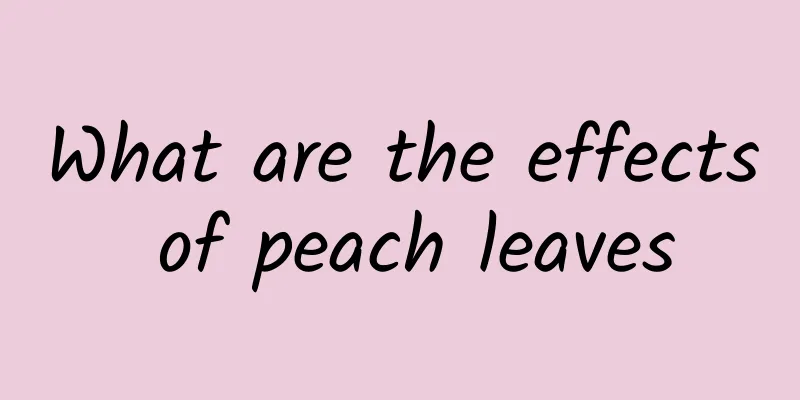
|
Peach leaves are a kind of traditional Chinese medicinal material and are widely used in clinical practice. However, there are many things to pay attention to when using peach leaves, and the medication also needs to be used with caution. The pharmacological effect of peach leaves is very large, and it also has a certain impact on human health. Clinically, peach leaves have great efficacy and effects, and can treat many diseases. So what other effects and functions do peach leaves have? 1. Pharmacological effects of peach leaves Peach tree leaves, flowers and kernels are all poisonous. The seeds, flowers, leaves and bark of peach trees can produce hydrogen cyanide after hydrolysis. Peach leaves have been used as a laxative, anthelmintic and to treat whooping cough. The effects of peach leaf extracts (1%) from different varieties of peach trees in killing mosquito larvae are basically the same, and can kill more than 95% of mosquito larvae within 24 hours; low concentration (0.25-0.5%) extracts have no significant effect; fresh leaves and dried leaves have similar therapeutic effects, and are effective against mosquitoes and butterflies such as Culex pipiens, Anopheles sinensis, and Armigera infestans. Experiments have shown that peach leaves can replace chloroform or other anesthetics to kill Anopheles mosquitoes; young leaves are better than old leaves, fresh leaves are better than stale leaves, and crushed leaves are better than soaked. Because peach leaves contain glycosides, they can release hydrogen cyanide through the action of enzymes when crushed. The decoction of peach leaves at a dilution of 1:100 or above has the effect of killing Leptospira by direct microscopic examination in vitro or observation after 1, 6, 12, 24 or 48 hours of in vitro culture. 2. Clinical application of peach leaves For the treatment of chronic urticaria: Take 500g of young peach leaves, chop them and soak them in 5000ml of pure alcohol. Seal and let it stand for 24-48 hours, then discard the residue. Dip a cotton ball in the extract and apply it to the affected area, generally 3 times a day, and 3 consecutive days as a course of treatment. 45 cases were treated, 39 were cured, 2 improved, and 4 were ineffective. After taking the medicine, the itching stops or is alleviated quickly, the rash disappears in a short period of time, and is not likely to recur. 3. Treat wind-heat headache If you have a wind-heat headache, it is recommended to take out an appropriate amount of peach branches and leaves and mash them, then add a small amount of salt and continue to mash them. Apply the final medicinal materials on the temples. The analgesic effect is very good. If you can insist on scientific use, it may be possible to cure the wind-heat headache. |
<<: What are the effects and taboos of ice grass
>>: What are the effects of Gouteng
Recommend
Why do other people's faces turn red after exercise, but mine turn pale? There is a situation that needs attention, it can be fatal!
After exercise, some people's faces are as re...
The efficacy and function of scopolamine leaves
There are so many medicinal herbs in the world, a...
National Children's Vaccination Day丨Recommend collection! Here is a complete guide to children's vaccinations
April 25, 2023 is the 37th "National Childre...
Platycladus orientalis leaves can treat seborrheic alopecia
Platycladus orientalis leaves can generally treat...
Can seasonal infusion prevent cerebrovascular disease? It's really unnecessary! There are risks...
gossip Every year when the seasons change, many e...
30% more contagious than Omicron! Super mutant coronavirus strain lands in South Korea
◎ Science and Technology Daily reporter Xue Yan S...
What challenges do reptiles face when moving from land to sea?
On August 27, 2024, Jiang Dayong, professor at th...
Can Sichuan Fritillaria be used to soak in wine?
Loquat leaf is a traditional Chinese medicine tha...
The efficacy and function of lotus root
Do you know what lotus root greens are? It is a k...
"The sea is wide and the fish can leap for it" is just a beautiful imagination of submarine underwater navigation
Produced by: Science Popularization China Produce...
We have clearly seen the evolution from single cells to humans, so why do people still say that biological evolution has no direction?
The day before yesterday, we happened to talk abo...
The efficacy and function of Cryptomeria japonica leaves
Modern medical research believes that Cryptomeria...
The efficacy and function of Populus tomentosa
Traditional Chinese medicine is very helpful in t...
The efficacy and function of Tuerfeng
Nowadays, our living standards are constantly imp...
